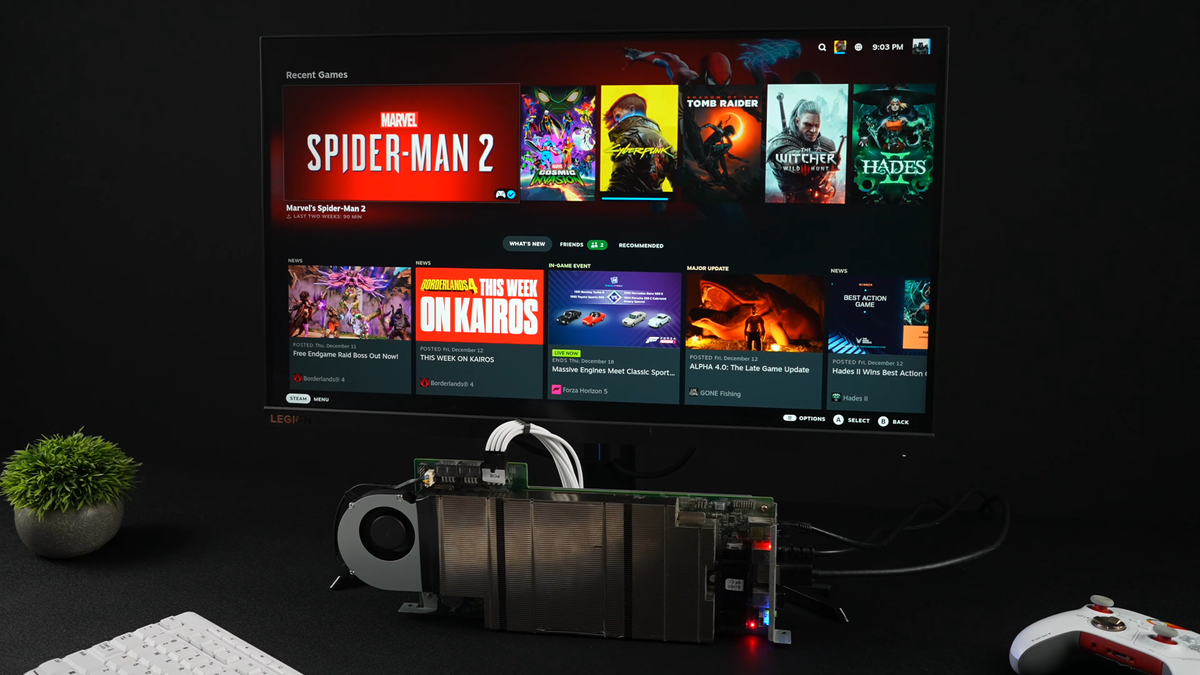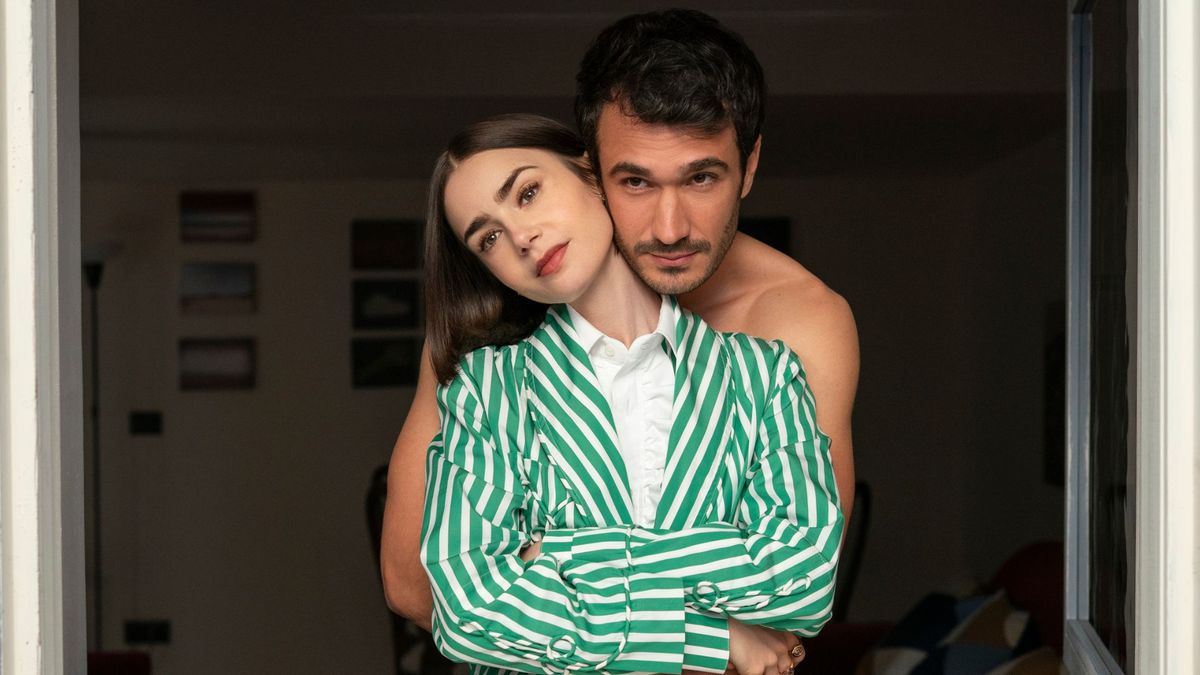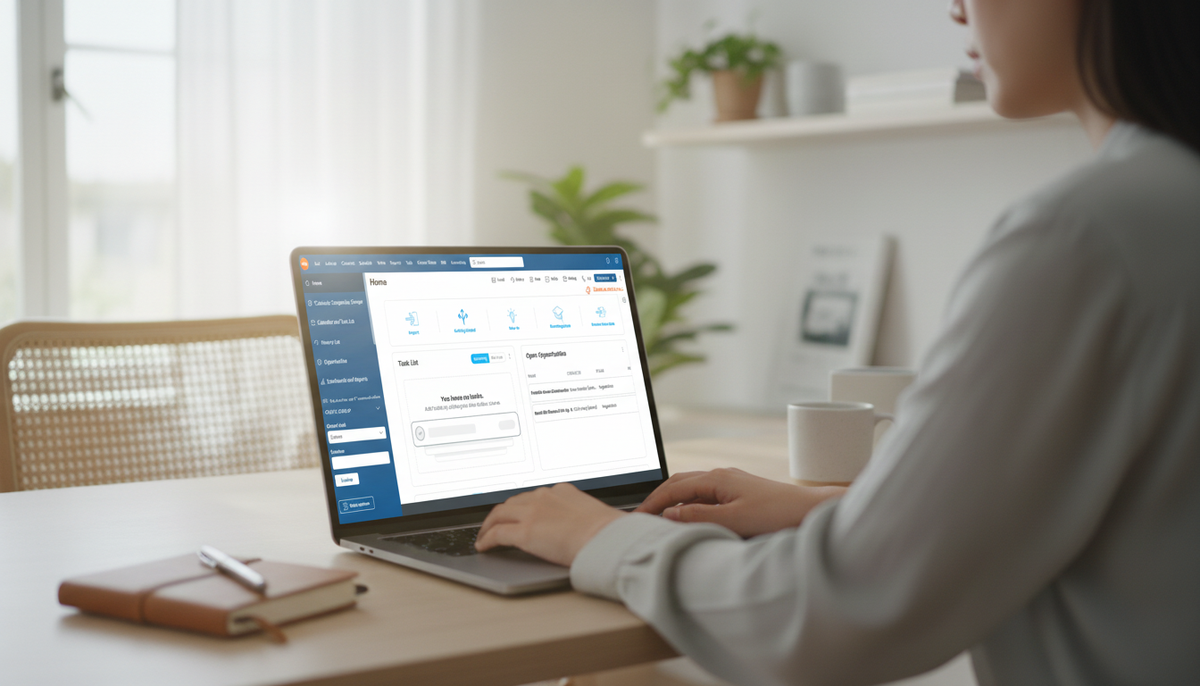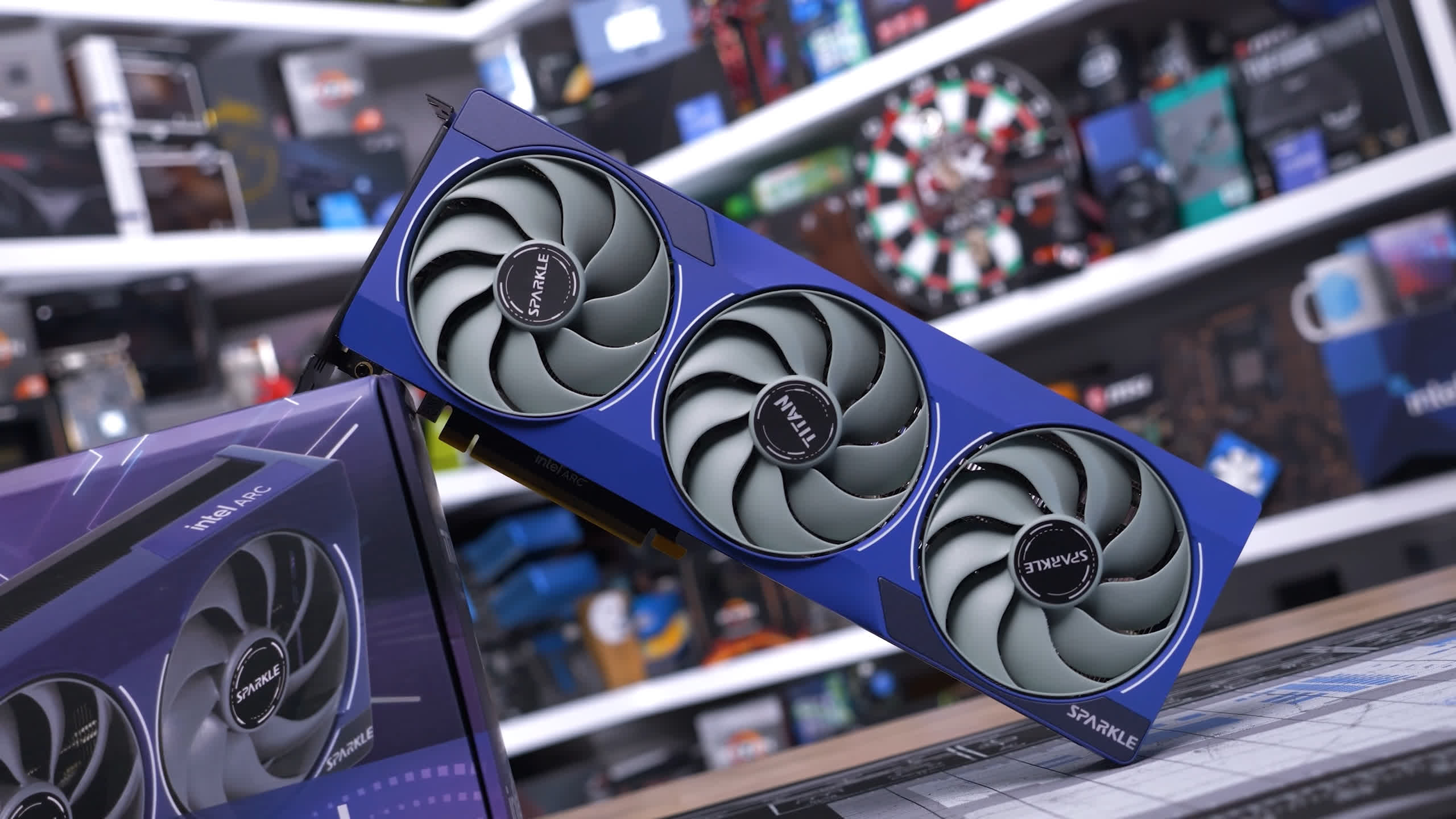If you've ever loved someone with breast cancer or experienced the condition yourself, it's hard not ask the same question of ourselves: why hasn't a cure been found?
The earliest depiction of breast cancer dates back to 3500 BCE, and while there have been plenty of advancements in detection (like AI mammography), treatment, and risk assessment, one in eight women will still be diagnosed with breast cancer in their lifetime. It also remains the second leading cause of cancer death for women. But could a potential breast cancer vaccine finally offer up a glimpse of hope?
We chatted with Amit Kumar, PhD, CEO of Anixa Biosciences, the biotechnology company developing a vaccine to cure breast cancer before it starts. If it sounds too good to be true, that's fair. But there's some promise in the early-stage vaccine. So we got the details on how it works and when it could potentially come to market.
Experts Featured in This Article:
Amit Kumar, PhD, is the chairman and CEO of Anixa Biosciences.
So, How Would the Breast Cancer Vaccine Work?
The vaccine requires a series of three injections given over a one-month period. It is designed to target cells that produce a specific antigen, in this case, a lactation protein that only appears twice in a woman's lifetime: after childbirth (until the person stops breastfeeding) and when breast cancer arises, per Dr. Kumar.
In targeting the cells that produce this antigen via vaccination, the body will be trained to have an immune response toward the cells associated with this protein. "If you've properly trained your immune system by vaccination, then as those cells start arising, the immune system will destroy them and prevent those cells [from becoming] a tumor," Dr. Kumar explains.
Because the vaccine targets a lactation protein, it does limit those who would be eligible to take it. For example, "If you're 25 years old and you want to have children and you want to breastfeed those children, then you wouldn't be eligible for the vaccine," Dr. Kumar says. To clarify, the vaccine does not impact your ability to have children, but it will impact your ability to breastfeed. If a person who's gotten the vaccine does have a child, they wouldn't be able breastfeed (but still could use donor milk or formula), Dr. Kumar tells Popsugar.
What Stage Is the Vaccine in Currently?
The vaccine has officially completed the phase one study, so it's early but promising. In phase one, 35 participants received the vaccine, with the majority of them having triple-negative breast cancer. Why this form of cancer? Because it has the most recurrences, so they're testing to see if these women are exhibiting an immune response, Dr. Kumar says. "Triple negative is the most lethal form of breast cancer. It has the most recurrences, and so when we do clinical trials on triple negative, we will get data much sooner than other cancers that may not recur as frequently," he says.
In phase one, the primary focus is two-fold: to verify that it's safe and the patients have had no adverse effects and that there is an antigen-specific immune response, Dr. Kumar tells PS. The only side effect found was an irritation at the sites of the injection. "There are no other side effects, no myalgias, no pain, no nausea, no abnormal lab values, no organ issues, and so forth," Dr. Kumar says. In terms of an immune response, the majority of participants exhibited this. "But we believe that the immune response, even a modest immune response, will will be successful in preventing cancer," he says.
From here, the research team will compile the data and prepare a report that will go to the FDA and another report to the Department of Defense, who funded the study.
What Hurdles Are Ahead?
There are a few hurdles that the team has to overcome before a vaccine like this comes to market. For starters, the participant pool would have to get much larger, in number and demographic. "The next pool should be roughly 800 to 1,000," Dr. Kumar says. That study will go on for three to five years, he adds.
It will also have to become way more diverse. Only a handful of the women in the study identify as non-white — a surprise to us, considering the racial disparity that exists in breast cancer mortality among Black women. But Dr. Kumar hopes that demographic will expand as the location of the trial expands. "Right now, the trial is only going on in one place, at the Cleveland Clinic, and so people who are getting this vaccine for this initial phase one are patients of the Cleveland Clinic.
Eventually, when we go on to the next stage, we'll be doing trials at multiple sites in Cleveland, New York, southern part of the US, all over the place — and hopefully we'll be able to target or recruit women of different ethnic groups in those places," Dr. Kumar says. The phase two study is expected to take at least two to three years, while phase three will take three to four years.
After the vaccine is approved by the FDA for those with triple negative breast cancer, the team will do what's called "bridging studies" to provide safety and efficacy results in those with other types of breast cancer and those who have never had breast cancer.
In other words: the road ahead is a long one. But it remains exciting. "The vision here is for us to provide this for all women, addressing all types of breast cancer," Dr. Kumar says. "If we can do that, not only will it change the way breast cancer is viewed — but it'll change the way cancer is viewed. Because if we can do that for breast cancer, why couldn't we do that for all cancers?"
Alexis Jones (she/her) is the section lead of the health and fitness verticals at Popsugar, overseeing coverage across the website, social media, and newsletters. In her seven-plus years of editorial experience, Alexis has developed passions for and expertise in mental health, women's health and fitness, racial and ethnic disparities in healthcare, and chronic conditions. Prior to joining PS, she was the senior editor at Health magazine. Her other bylines can be found at Women's Health, Prevention, Marie Claire, and more.

 2 months ago
28
2 months ago
28

:quality(85):upscale()/2025/11/28/816/n/1922507/96dfa0316929eb7d6009c4.58082318_.png)
:quality(85):upscale()/2025/11/28/911/n/1922564/6007a1e4692a0b7e0754d6.70992304_.jpg)





 English (US) ·
English (US) ·